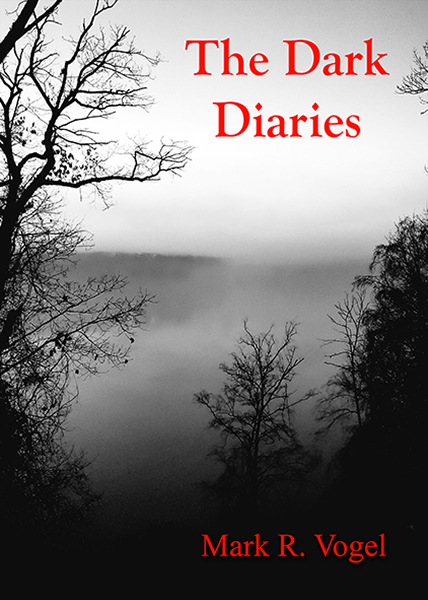Frankenstein films are like Shakespeare, even bad ones offer something by default. As such, Herbert Strock’s I was a Teenage Frankenstein is no exception. Not only is it a good pop culture, B-movie rendition of the Frankenstein tale that is far better than it should have been as a satirical depiction of parent’s perspectives upon their burgeoning teenagers, but it serves as a social litmus of the times while complimenting what Hammer Studios did with the image of the monster that same year, atop serving as one of the earliest renditions of the teenage horror flick.
Doctor Frankenstein (Whit Bissell), visiting lecturer from London and descendent of the notorious mad scientists from England, with the aide of a physicist named Karlton (Robert Burton), assembles a human (Gary Conway) from the cadavers of teenagers in order to prove his theories of reanimation to his skeptical colleagues. However, upon the discovery of her fiancée’s experiment, Margaret (Phyllis Coates) is torn between informing the police and remaining faithful to her future husband. Yet a surprise is in store for everyone involved when Frankenstein, whose visa is about to expire, attempts to dismantle his creation in order to ship it back to Europe.
Cashing in on his success with I was a Teenage Werewolf, producer and cowriter Herman Cohen quickly issued his follow-up, I was a Teenage Frankenstein, later the same year. However, perhaps coincidentally considering the speed at which it was made (much like the figure of Frankenstein who reanimates his creature in less than two months), the latter film does possess merit, the most intriguing aspect of which is that it serves as a social litmus to the 1950’s and America’s perspective upon teenagers during a time when keeping up with the Jones became all the more problematical upon the metamorphosis of one’s child into a unruly teen.
Frankenstein’s experiment, a composite of various teen males, is depicted as a literal monster. Its creator, as did many of the parents of the period (as well as today), opts to control his “little monster” (which Frankenstein likens to a machine at one point) by way of authoritarian practices as he demands, “I want him to know pain so when I alleviate it he’ll know gratitude.” Cleverly, this sentiment mirrors one of the most prominent themes in James Whale’s original as the figure of Henry becomes a deity to his creation. However, in Strock’s updated version, the monster’s maker is by no means misguided in his intent. Instead, he is single-mindedly focused upon reaffirming his ego after a panel of colleagues scoff at his theories. As such, Frankenstein makes sure that the least amount of insubordination doesn’t go unchecked. (We can almost hear the Stepford parents reassure themselves, “We’ll make sure our boy doesn’t embarrass us in public again.”). To keep his creation under wraps, he abstains from granting the monster the one thing that all teens desire: good looks. This serves as a segue for yet another dose of social commentary in that once the doctor has grafted a face onto the boy, the monster spends ample amounts of time indulging its ego as it peers into the mirror, thus, ironically, appearing as a true son to the mad scientist in this regard.
On a similar note, the picture garnered a certificate stating that no one under the age of sixteen be omitted due to the surprising amount of onscreen gore as bloodied limbs are handed back and forth before the Monster’s date-canceling face is revealed. Thus, the carnal nature of what is posited onscreen also serves as a satirical symbol for the weight of the parental methods at hand (atop the unintentional sentiment that the film might give teens the wrong idea . . . ).
There are other motifs which Strock updates in his version of the Frankenstein tale. As women are threatened by the advent of science in the Whale original (and they should be in Strock’s world due to the fact that two out of three of the Monster’s victims are female), the makeshift male Eden–comprised of Frankenstein, his male assistant, and his soon to be male son–is likewise disrupted and threatened by the presence of Margaret. However, unlike Henry, Strock’s mad scientist is adamantly misogynistic in that he proposes marriage to Margaret in order to keep her at bay so that she’ll return to her assigned post as office eye candy as she wards off media inquiries and scientific snoops.
Though there are two direct homages to Whale’s classic–the Monster takes a flower from a vase before peering through window at a blonde who is sitting in her bedroom brushing her hair in front of her vanity–Strock abstains from presenting us with a lynch mob composed of townspeople, which is all the more interesting in that this is the only consistent image throughout the Universal Frankenstein canon outside of the Monster and its creator, doubly so considering that the theme of hostility is exponentially multiplied in Strock’s rendition.
Though Herman Cohen and Aben Kandel’s script is admirable in updating the Frankenstein story to fit and comment upon contemporary times, Strock does err in his election of a very bad mask for the monster, which prohibits Conway’s lip movement to a distracting degree; Bissell’s American accent considering he is playing a British scientist; and the gratuitous shift to color at the film’s climax which, if it were to have been implemented during the creature’s emergence or the first affirmation of the Monster’s own will, would have been artistically justifiable. However, I would be able to negate and otherwise overlook such cinematic mishaps– Strock’s ingenious incorporation of a body double as the monster kills Bob, his soon-to-be likeness, serving as the aesthetic counterweight–if it weren’t for the director’s inclusion of an alligator pit, à la Ed Wood’s pet octopus in Bride of the Monster, as a means of toxic waste disposal.
Herbert Strock’s I was a Teenage Frankenstein is a fun, well written B-movie take on one of the most famous villains in movie history. Not only does the director issue a socially relevant production which comments upon how teenagers were viewed by their parents during the period, it mirrors the reimaging Hammer studio’s recently redesigned antagonist.
-Egregious Gurnow
- Interview with J.R. Bookwalter - January 22, 2015
- Interview with Andrew J. Rausch - January 22, 2015
- Interview with Rick Popko and Dan West - January 22, 2015
- Interview with Director Stevan Mena (Malevolence) - January 22, 2015
- Interview with Screenwriter Jeffery Reddick (Day of the Dead 2007) - January 22, 2015
- Teleconference interview with Mick Garris (Masters of Horror) - January 22, 2015
- A Day at the Morgue with Corri English (Unrest) - January 22, 2015
- Interview with Writer/Director Nacho Cerda (The Abandoned, Aftermath) - January 22, 2015
- Interview with Actress Thora Birch (Dark Corners, The Hole, American Beauty) - January 22, 2015
- Interview with Actor Jason Behr, Plus Skinwalkers Press Coverage - January 22, 2015


